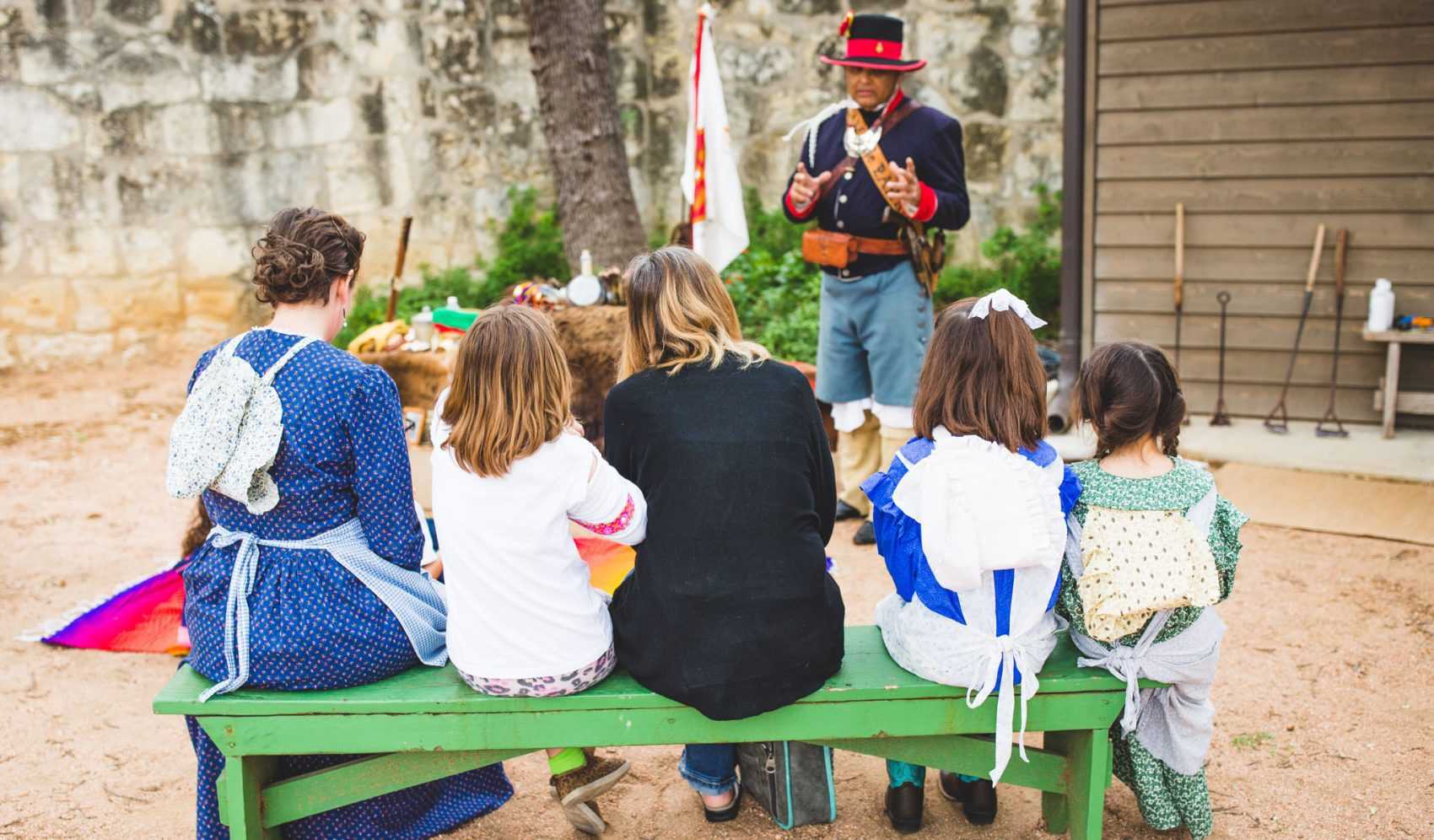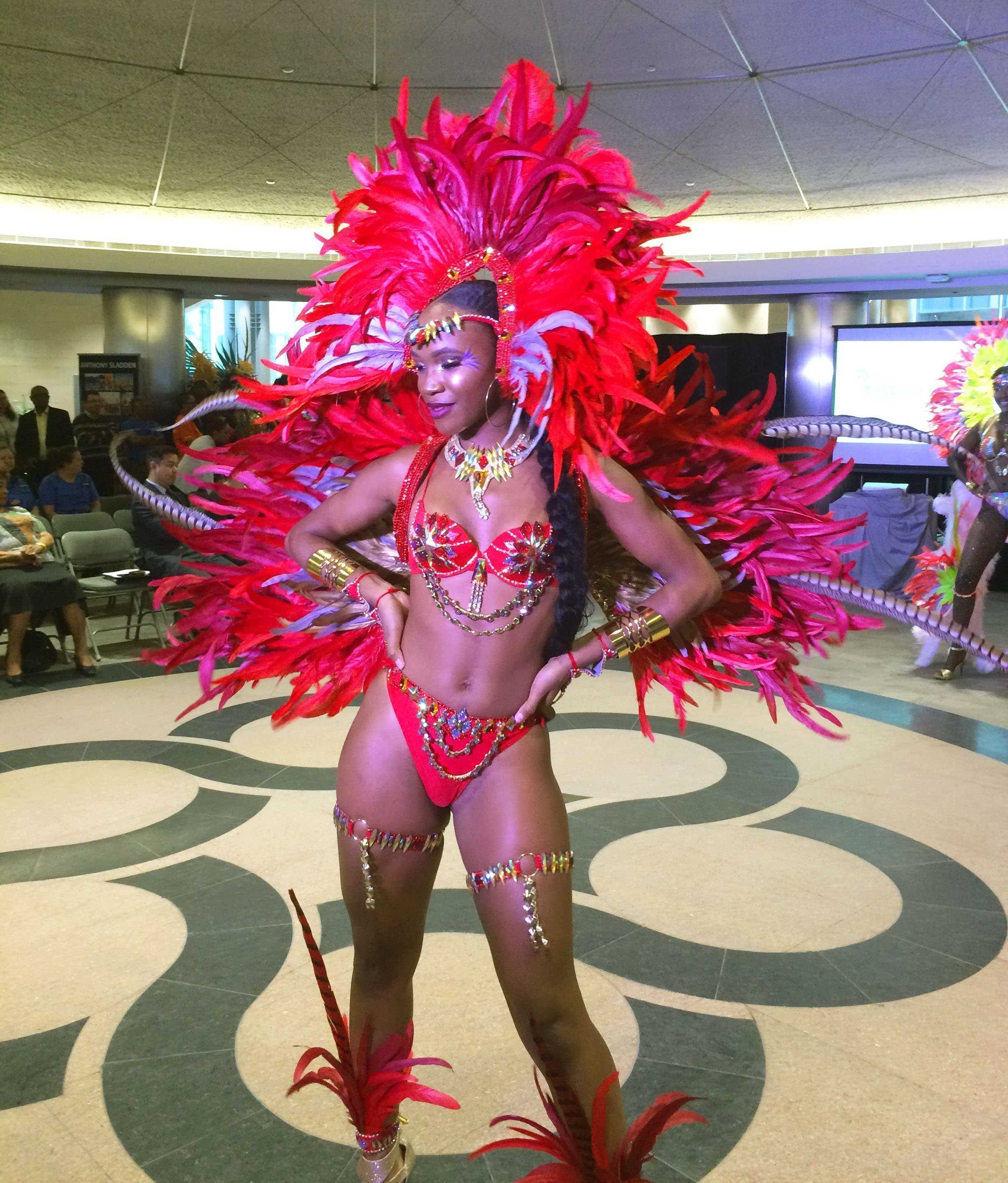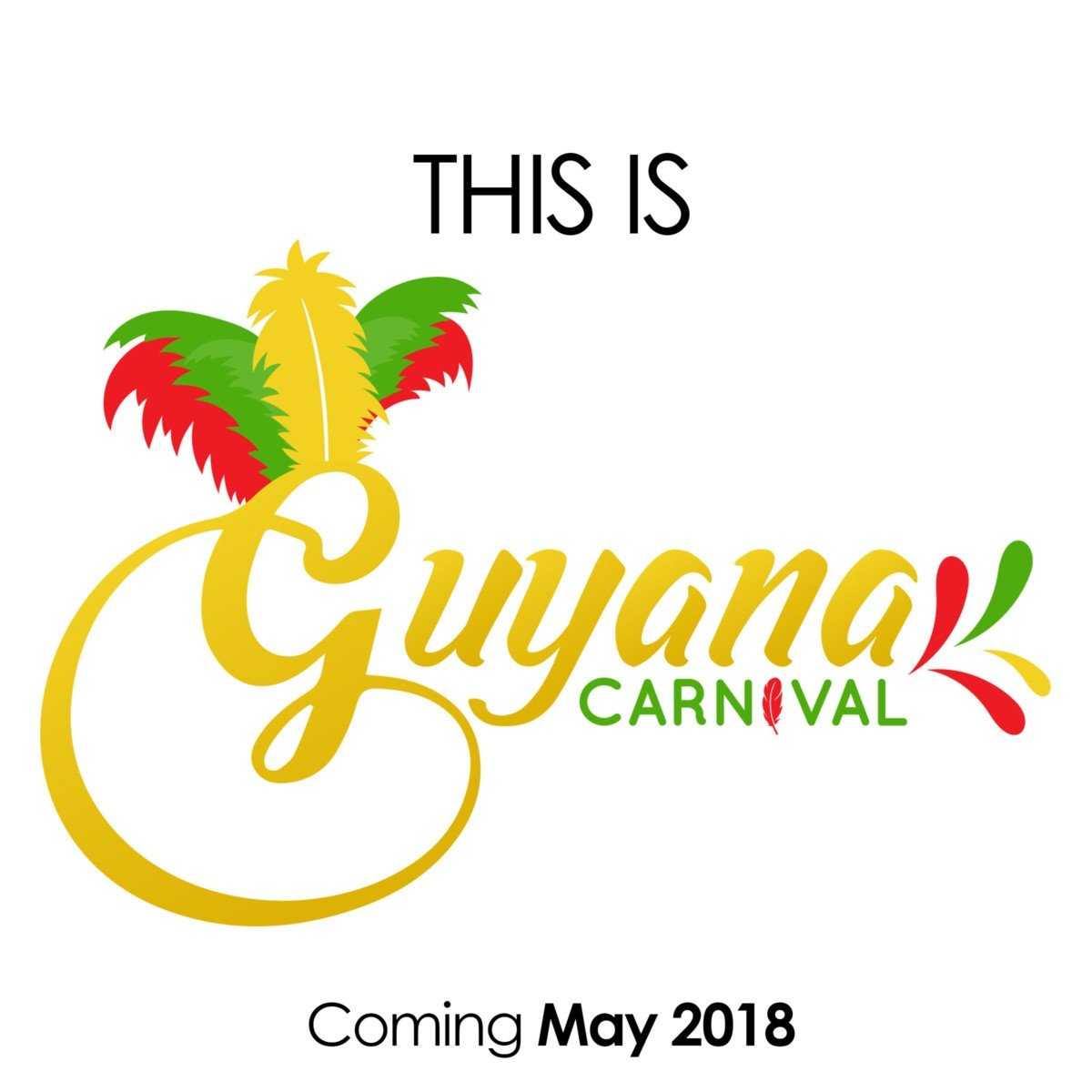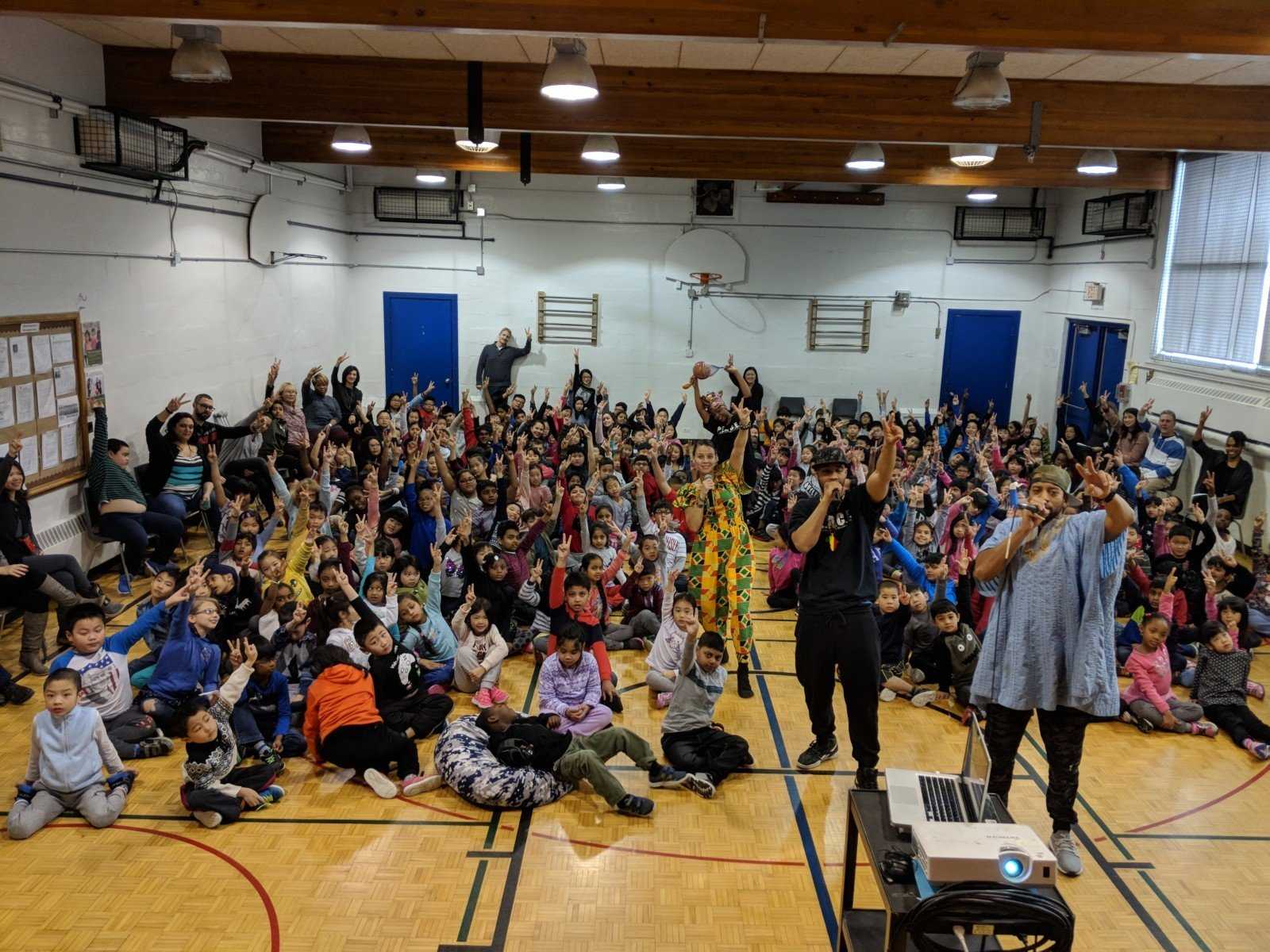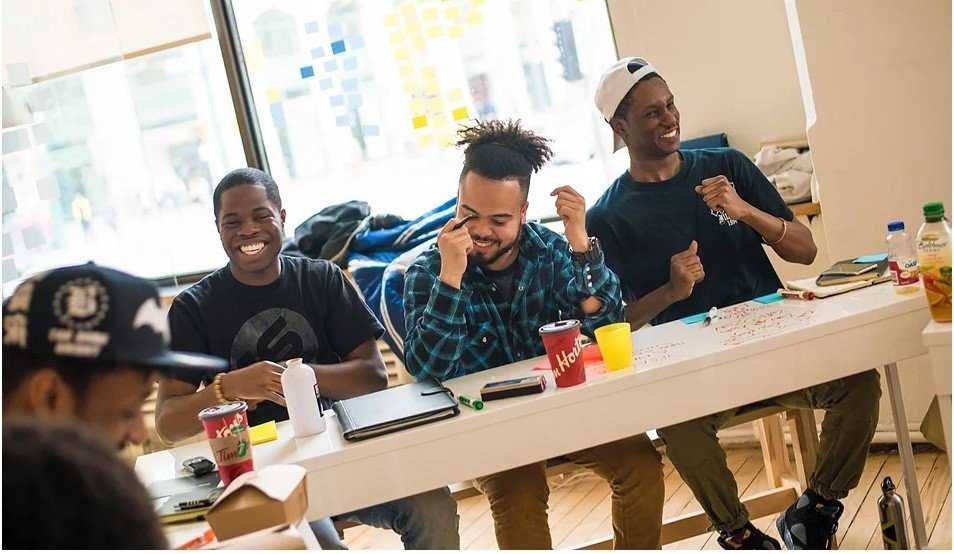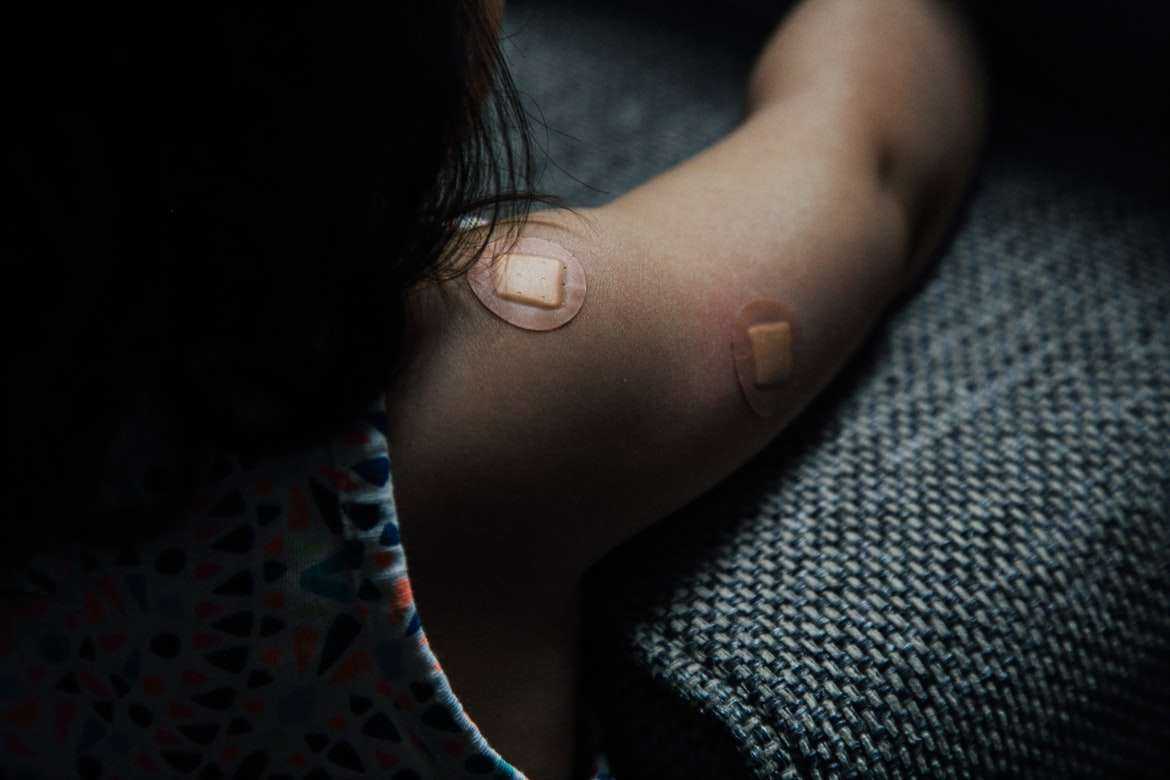BY: KATHY MCDONALD
Summer is a great time for students to get rejuvenated. I would like to propose a few activities that will not only rejuvenate but will educate your children as well. The following five trips are adventures that each child of Black and Caribbean ancestry should partake in at least once. The following six cultural pilgrimages of a life time including but not limited to Carnival, Uncle Tom’s Cabin, Chatham, The National Underground Railroad Freedom Center, The Charles H. Wright Museum of African American History and The National Museum of African American History and Culture (NMAAHC).
First and foremost right in our own backyard is Kiddies Carnival. Bring your children out to witness the pageantry and the culture and get a taste of what mas is like. Visit an established, large mas camp so the kids can get a sense of the dedication and commitment to the art of a Caribbean Carnival. Why not take in Pan Alive. I am sure that Winston Spree Simon never envisioned that this creation would be such a worldwide success.
Further down the 401, you can visit Uncle Tom’s Cabin Historic Site, an open-air museum and Black History Centre near Dresden, Ontario, Canada ”that includes the home of Josiah Henson, a former slave, author, abolitionist, and minister”. Henson was the inspiration for the main character in Harriet Beecher’s novel Uncle Tom’s Cabin. The museum sits on part of the original Dawn Settlement which was established in 1841 as a community for escaped slaves. The site has several other facilities including the “Josiah Henson Interpretive Centre; which has artifacts related to abolition and Henson’s life; The North Star Theater offers educational films; Underground Railroad Freedom Gallery Harris House – one of the oldest houses in the area, and one of several final stops on the Underground Railroad; Henson Family Cemetery – adjacent to the church, it includes a Josiah Henson memorial stone and National Historic Plaque.
In less than three hours residents of the GTA could be in Chatham. “In the early 1800’s five Black families settled along McGregor’s Creek in the tiny town of Chatham, then known as “the Forks”. The Village soon became a haven for runaway slaves and by 1850, its population was one-third, Black. Once here, Blacks in Chatham thrived in business, education, medicine, sport, and literary and cultural arts. News of their success attracted Blacks to the area from across North America. The history of Blacks in early Chatham is not only of local significance; the years of Black contribution and participation in Southwestern Ontario left a fundamental impression on the national landscape.”
“The National Underground Railroad Freedom Center is a museum in downtown Cincinnati, Ohio based on the history of the Underground Railroad. Opened in 2004, the Center also paid tribute to all efforts to “abolish human enslavement and secure freedom for all people.” It is one of a new group of “museums of conscience” in the United States, along with the Museum of Tolerance, the United States Holocaust Memorial Museum, and the National Civil Rights Museum. The Center offers insight into the struggle for freedom in the past, in the present, and for the future, as it attempts to challenge visitors to contemplate the meaning of freedom in their own lives. Its location recognizes the significant role of Cincinnati in the history of the Underground Railroad, as thousands of slaves escaped to freedom by crossing the Ohio River from the southern slave states. Many found refuge in the city, some staying there temporarily before heading north to gain freedom in Canada.” Just standing inside the slave pen is a “surreal experience” as described by my friend Linden King.
Located in Detroit Michigan a trip to the Charles H. Wright Museum of African American History is a perfect day trip. ”Founded in 1965, it holds the world’s largest permanent exhibit on African American culture. Some of the major collections include the Blanche Coggin Underground Railroad Collection and the Harriet Tubman Museum Collection. Also in the museum is an interactive exhibit called And Still We Rise Our Journey through African American History and Culture, seven exhibition areas devoted to African Americans and their lives.
NMAAHC is a Smithsonian Institution museum that opened September 24th, 2016. It sits on the National Mall in Washington D.C. “It has close to 37,000 objects in its collection related to such subjects as community, family, the visual and performing arts, religion, civil rights, slavery, and segregation.” Be warned they are sold out and taking bookings for November so plan ahead for this escapade.
I have visited several websites and have complied succinct descriptions of six adventures Black and Caribbean children should visit. Remember the words of George Santayana “Those who do not remember the past are condemned to repeat it.” While the ultimate trip would be to visit the slave’s outpost in Ghana and Senegal’s Gorée Island Door of no return, I think most readers of this column could begin with the five destinations cited in this article. As the Honorable Marcus Garvey said, “A people without knowledge of their past history, origin and culture is like a tree without roots.” So, I say to you my readers: give your kids roots, they are essential in anchoring them in this world. So, journey with my family as we make our cultural pilgrimage. Walk Good, Belle Marché
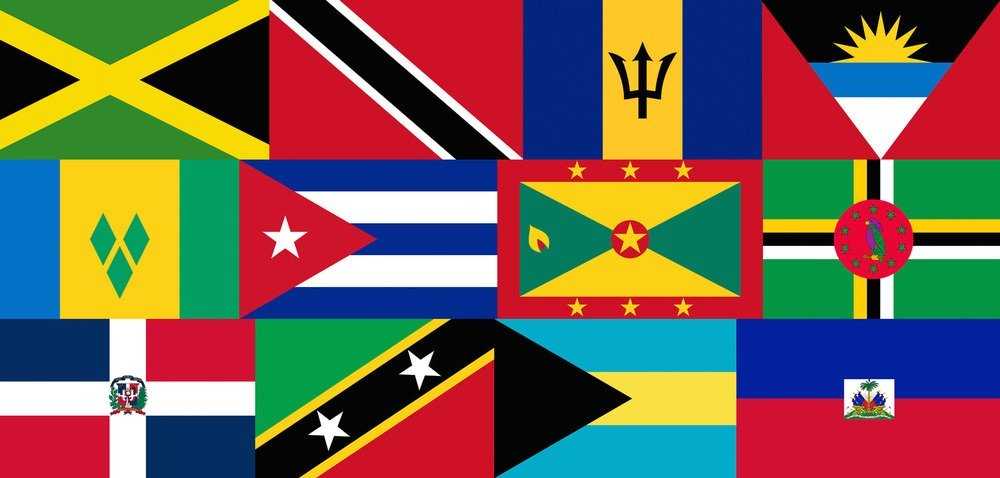

 Community News1 week ago
Community News1 week ago
 Community News1 week ago
Community News1 week ago
 Community News2 weeks ago
Community News2 weeks ago
 Community News1 week ago
Community News1 week ago
 Community News1 week ago
Community News1 week ago
 Community News5 days ago
Community News5 days ago
 Community News5 days ago
Community News5 days ago
 Community News5 days ago
Community News5 days ago


